This article shares an innovative, community-centered method for research, sensemaking, and innovation in social...


This article shares an innovative, community-centered method for research, sensemaking, and innovation in social...
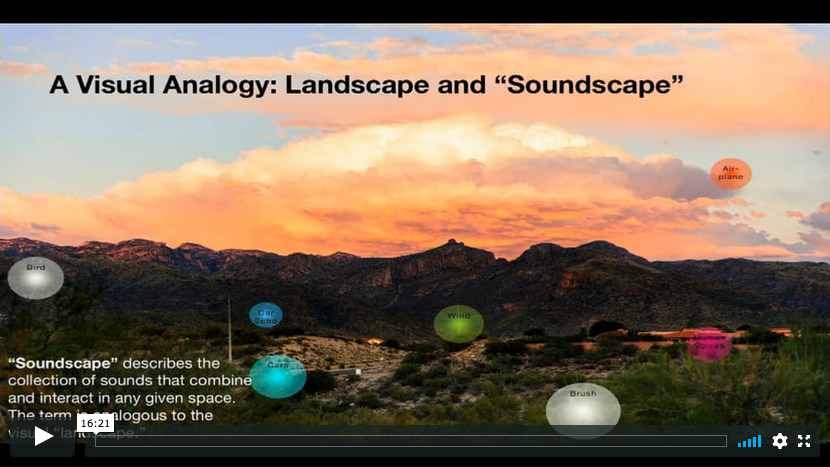
This paper recounts research into the orientation and mobility experiences of people who are blind or visually impaired, and describes the novel sonic research method I developed for this purpose. “Participant Phonography,” as I call the method, aims to empower research participants with low or no...

In 2022, UNICEF launched the Adolescent Girls Programme Strategy to enhance programming for adolescent girls,...
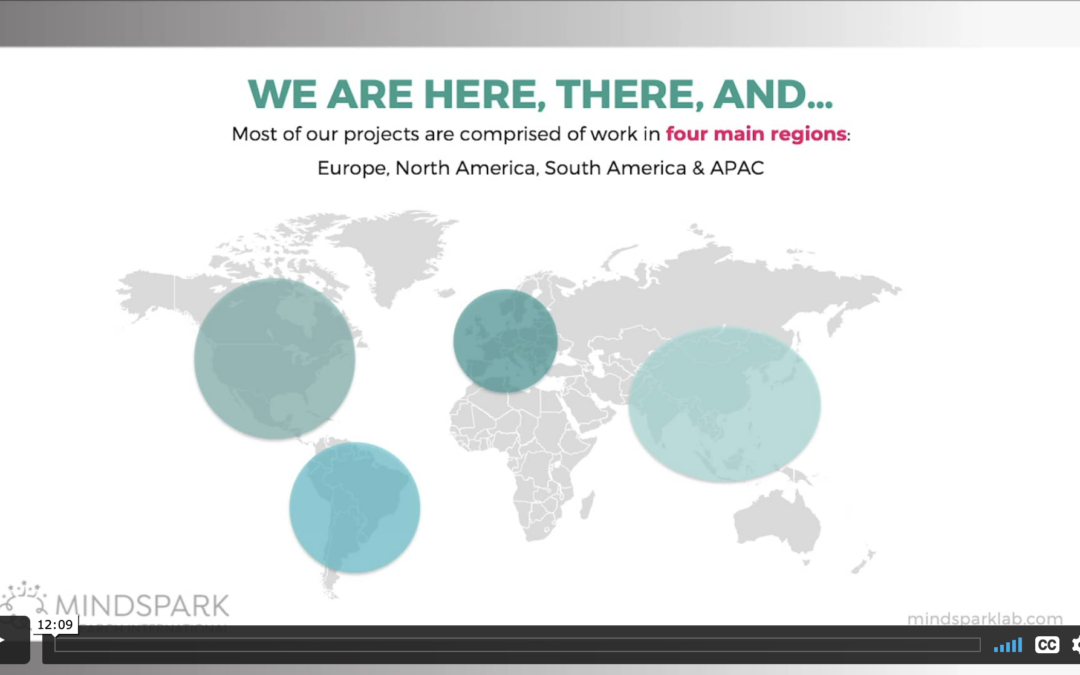
In this catalyst, we the authors describe the benefits of ‘scaling out’: reaching out beyond one's organization to bring in external partners to accomplish UX research. Organizations scale out their research efforts in order to cover more ground, draw from more specialties, or conduct more...
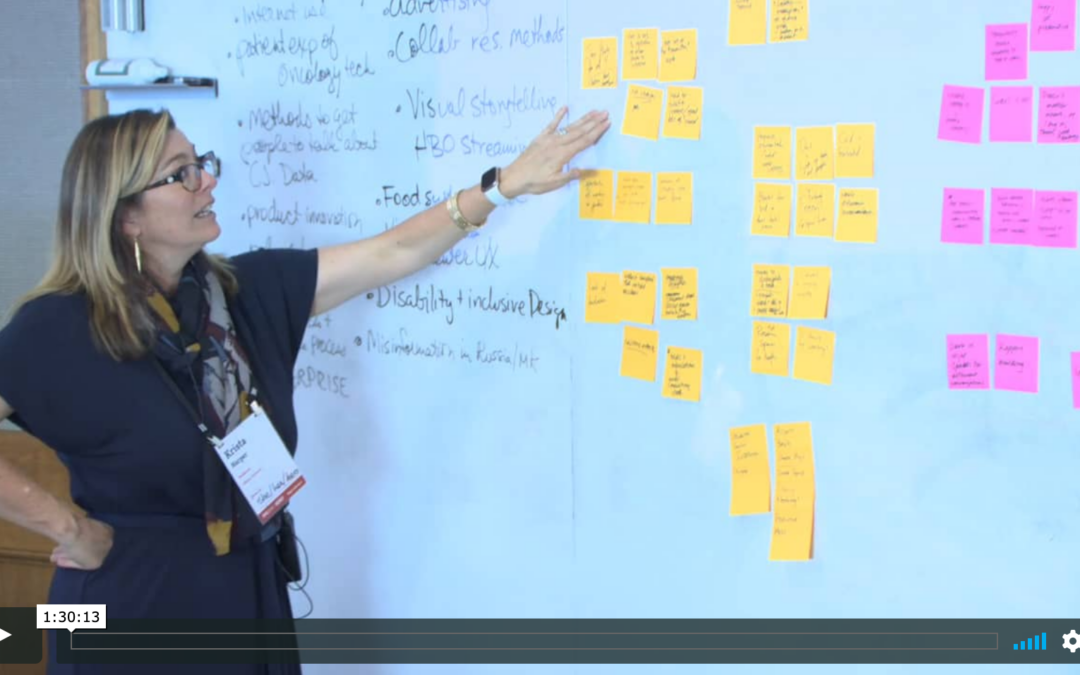
Overview Participatory visual research methods like Photovoice open up opportunities for collaborative sense-making and advocacy. In these methodologies, data and knowledge are produced not only as an end...
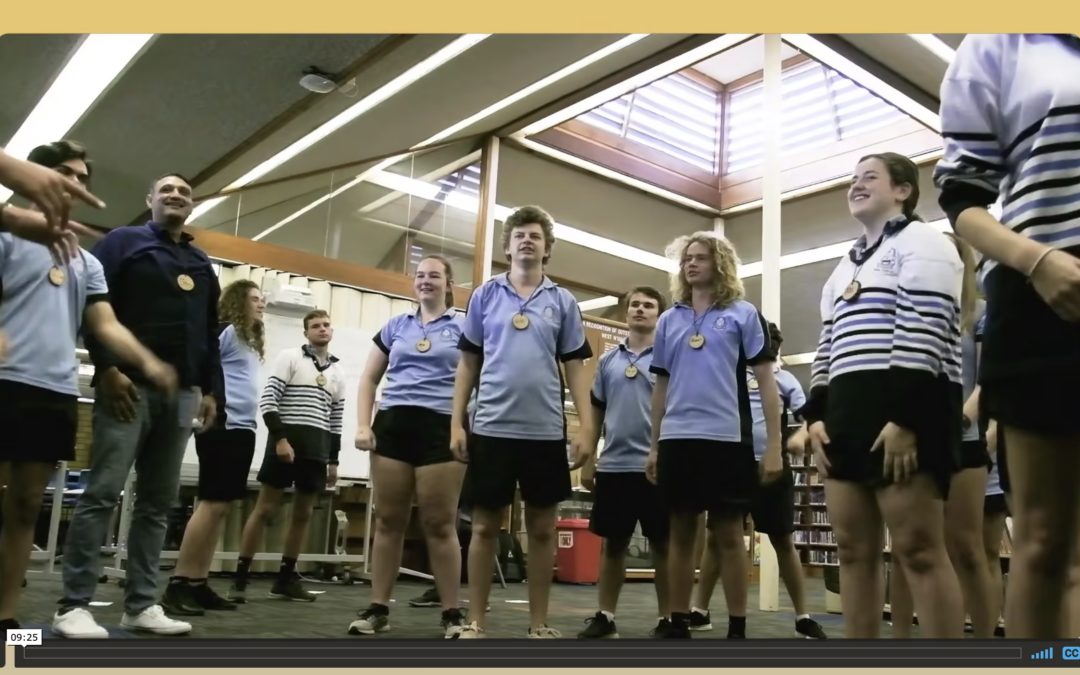
This paper proposes a way to harness the power and benefits of community-led future change through the process of “citizen ethnography”. Just as “citizen science” has become a potent method for non-scientists to collect and contribute to scientific knowledge and outcomes, citizen ethnography is...
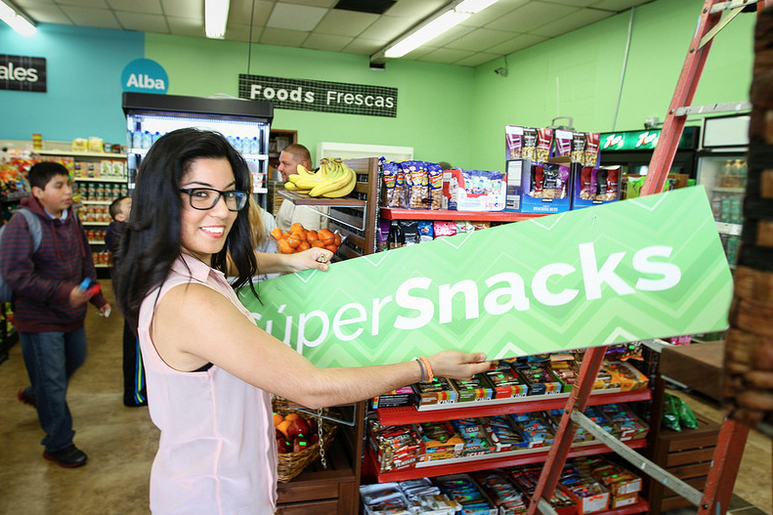
Professional anthropologists frequently occupy unique roles, simultaneously inside and outside the organizations we work for or work with. Most of us are already adept at negotiating these roles, but don’t necessarily highlight this skill as something of great value, either to professional...
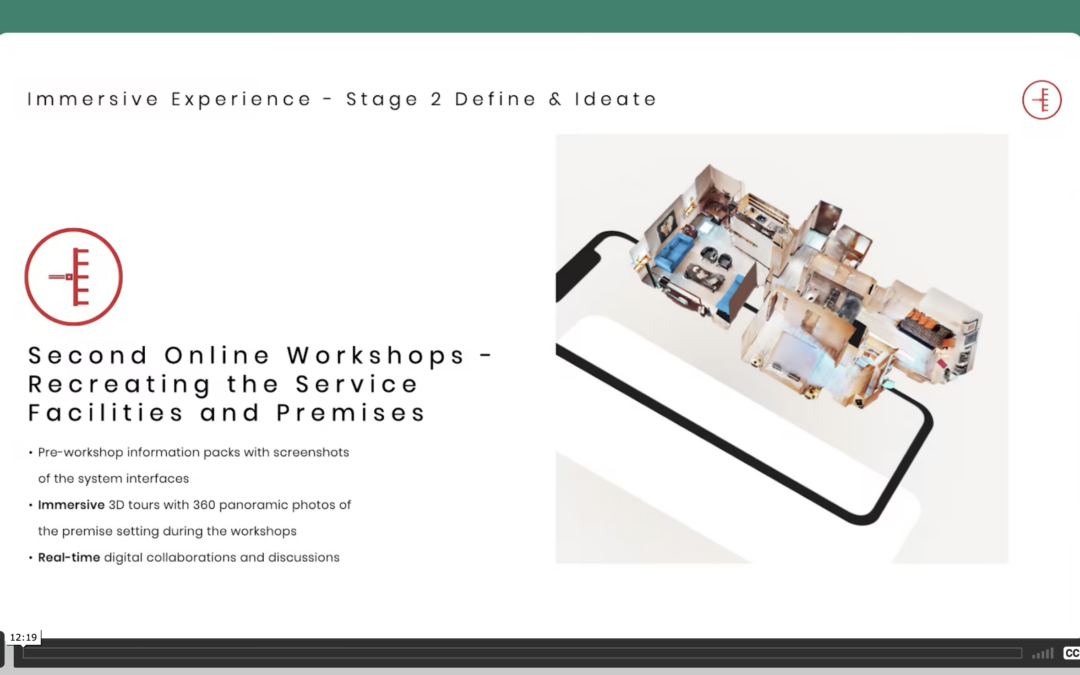
Despite constraints on face-to-face meetings and social distancing policies under COVID-19, with the help of online tools, Brandnographer successfully conducted a series of online activities to facilitate...

EPIC Profiles Series How can risk-taking propel an ethnographic career? Just ask Jeanette Blomberg, who is no stranger to professional risk-taking. Her career journey, including major contributions at foundational tech giants in Silicon Valley, has centered on making participation in various forms...

No matter the source of your employment, whether in the commercial sector or academia, we all want our work lives to add up to something positive. Yet it is easy to wonder how this or that project actually affected the world for better or worse. What can we do to make the next project better? How...